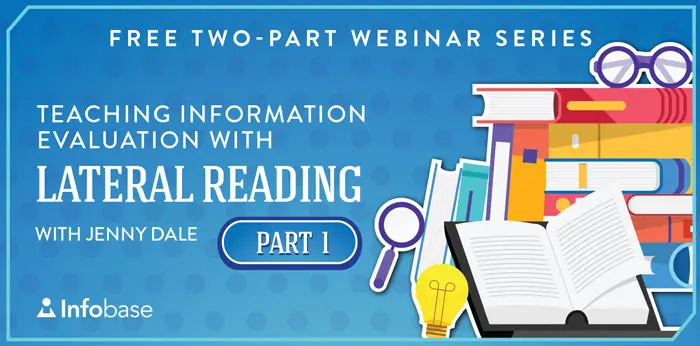Teaching Information Evaluation with Lateral Reading Workshop
Recent research has shown that lateral reading—the act of leaving a source to learn more about the source—is an efficient and effective first step in evaluating online sources. Lateral reading helps us understand the sources we come across better because it puts sources in context as part of a larger information network, and adding this strategy to our source evaluation toolkit can help us identify potential issues with sources and avoid misinformation. This two-part workshop with Jenny Dale, Information Literacy Coordinator at UNCG, focuses on what lateral reading is, why it’s an important strategy to integrate into online source evaluation, and how library workers can integrate this approach into their information and media literacy classes, training sessions, programs, and/or curricula.
Session #1: The What and the Why
Chances are, you already engage in lateral reading in your own information evaluation practice, and your learners might as well! Lateral reading is a powerful approach to source evaluation that involves leaving an information source to learn more about it before engaging with the source itself. In this first session of a two-part workshop, you’ll learn more about what lateral reading is, what the research says about how and why it works, and how it can be used to supplement or even reframe typical approaches to source evaluation.
 About Jenny Dale
About Jenny Dale
Jenny Dale is the Information Literacy Coordinator at UNC Greensboro University Libraries, where she helps members of the campus community navigate the murky waters of our current information landscape.


